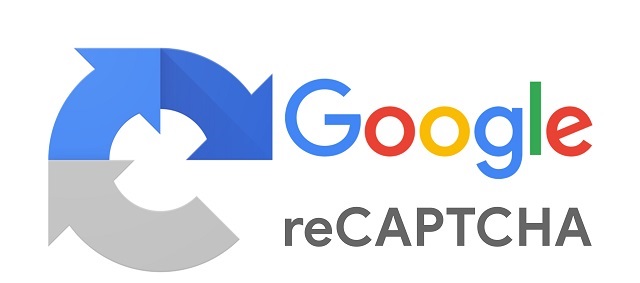Complementary And Supplementary Angles Worksheet Answers —
Complementary And Supplementary Angles Worksheet Answers . Web we have classifying and naming angles, reading protractors and measuring angles, finding complementary, supplementary, verical, alternate, corresponding angles and much more. Web these worksheets contain 10 types of questions on angles.
Complementary And Supplementary Angles Worksheet Answers —
Web complementary angles are two angles whose sum is 90°. This page has information about complementary, supplementary, and vertical angles, with examples. Supplementary angles are two angles whose sum is 180°. Finding angles in complementary or supplementary pairs The complement of 40° is just the reverse, which is 50°. Web we have classifying and naming angles, reading protractors and measuring angles, finding complementary, supplementary, verical, alternate, corresponding angles and much more. Angle worksheets are a key part of a student’s math curriculum. If two angles are complementary, they are both acute angles. Angles are not necessarily drawn to scale. Answers to supplementary and complementary angles 1) 32 2) 30 3) 32 4) 50 5) 21 6) 17 7) 37 8) 28 9) 15 10) 9 11) 18.
Our angles worksheets are free to download, easy to use, and very flexible. Web worksheet by kuta software llc informal geometry supplementary and complementary angles name_____ date_____ ©p e2n0l1]6t lkuu]taad lsfosfntownaurceo \loljco.y n qadl_le urfimgwhxtfsy irgessieor`v\eadj. Web introduction to complementary, supplementary, & vertical. Web complementary angles are two angles whose sum is 90°. Angles are not necessarily drawn to scale. A right or straight angle with an angle measure and an algebraic expression is given. X = x = \large {^\circ} ∘. Answers to supplementary and complementary angles 1) 32 2) 30 3) 32 4) 50 5) 21 6) 17 7) 37 8) 28 9) 15 10) 9 11) 18. By solving questions that gradually increase their level of difficulty, a student finds it easier to solve the questions with clear concepts. If two angles are complementary, they are both acute angles. At the bottom, students identify the angle type and calculate the unknown.
Complementary And Supplementary Angles Worksheet Answers —
Web introduction to complementary, supplementary, & vertical. Web complementary and supplementary angles worksheets allow students to strengthen their understanding of the topic to apply it further. Our angles worksheets are free to download, easy to use, and very flexible. What is the measure of \angle x ∠x? Answers to supplementary and complementary angles 1) 32 2) 30 3) 32 4) 50 5) 21 6) 17 7) 37 8) 28 9) 15 10) 9 11) 18. Finding angles in complementary or supplementary pairs Web complementary angles are two angles whose sum is 90°. B b c c a a o o 149^\circ 149∘ x^\circ x∘. Angles are not necessarily drawn to scale. Web we have classifying and naming angles, reading protractors and measuring angles, finding complementary, supplementary, verical, alternate, corresponding angles and much more.
Complementary And Supplementary Angles Worksheet Answers —
Web we have classifying and naming angles, reading protractors and measuring angles, finding complementary, supplementary, verical, alternate, corresponding angles and much more. Finding angles in complementary or supplementary pairs By solving questions that gradually increase their level of difficulty, a student finds it easier to solve the questions with clear concepts. At the bottom, students identify the angle type and calculate the unknown. 7th grade and 8th grade students must set up the equation, perform inverse operations and solve for. X = x = \large {^\circ} ∘. Answers to supplementary and complementary angles 1) 32 2) 30 3) 32 4) 50 5) 21 6) 17 7) 37 8) 28 9) 15 10) 9 11) 18. Web complementary and supplementary angles (visual) ccss.math: Web worksheet by kuta software llc informal geometry supplementary and complementary angles name_____ date_____ ©p e2n0l1]6t lkuu]taad lsfosfntownaurceo \loljco.y n qadl_le urfimgwhxtfsy irgessieor`v\eadj. A right or straight angle with an angle measure and an algebraic expression is given.
Geometry Worksheets Angles Worksheets for Practice and Study
7th grade and 8th grade students must set up the equation, perform inverse operations and solve for. A right or straight angle with an angle measure and an algebraic expression is given. Angles are not necessarily drawn to scale. Web this 8th grade worksheet includes figures of complementary and supplementary pairs depicting the measure of an angle. What is the measure of \angle x ∠x? Angle worksheets are a key part of a student’s math curriculum. Our angles worksheets are free to download, easy to use, and very flexible. Web complementary and supplementary angles (visual) ccss.math: These include naming the vertex and the arms of an angle, using a protractor to observe a figure, and identifying supplementary and complementary pairs of angles. By solving questions that gradually increase their level of difficulty, a student finds it easier to solve the questions with clear concepts.
